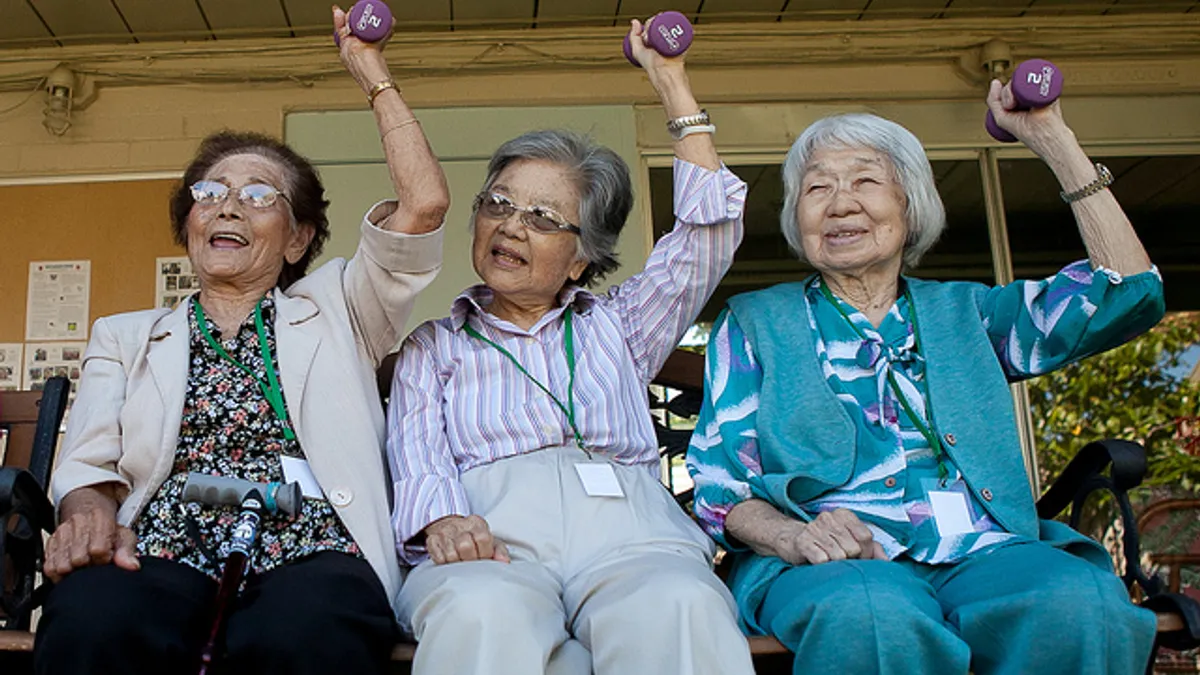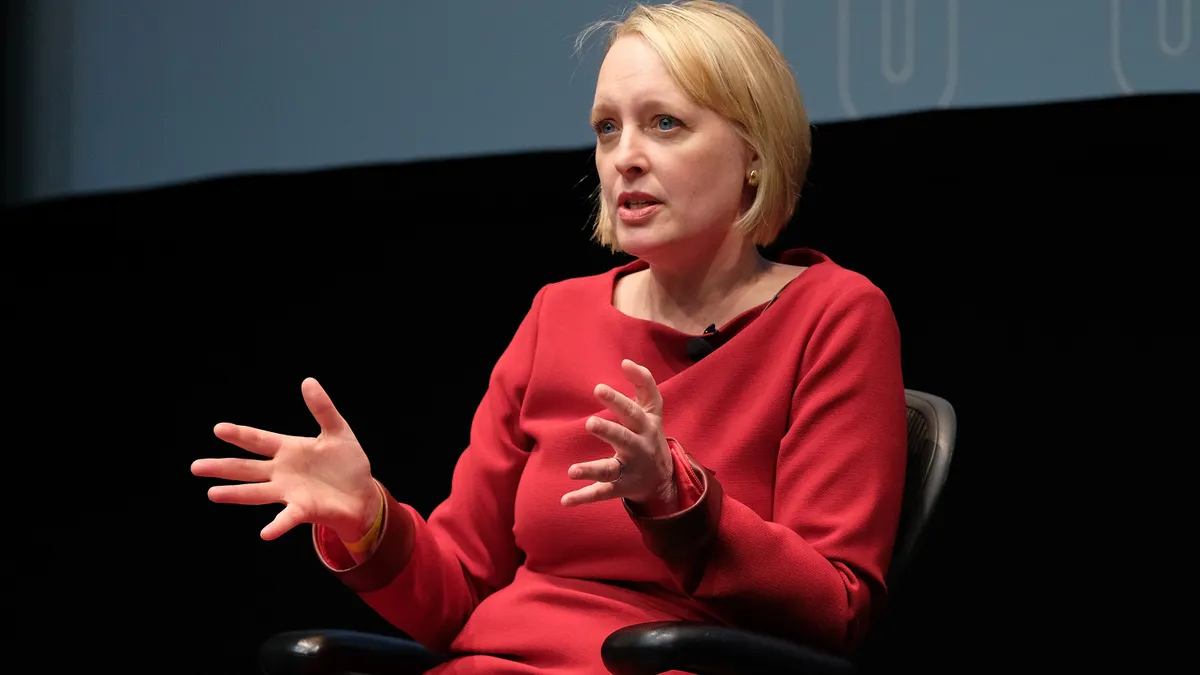When it comes to looking for their next career opportunity, older Americans, particularly those age 50-65, face an uphill battle.
A combination of skill gaps and demand for younger talent across several industries provides an immediate challenge, leading to the impression among some employers that cohorts of this age group are not as competent as younger workers based solely on age alone.
This is debilitating for Baby Boomers who increasingly want to stay in the workforce, but it's also a form of discrimination — ageism — that has led to legal troubles for employers in the past year. Texas Roadhouse, whose case is perhaps the most notable, was slammed with a $12 million settlement after job applicants sued claiming that they were denied positions primarily because of their age.
And yet, such high-dollar figures aren't enough to protect many older job-seekers from the ill, but subtle, effects of ageism. This is the case even 50 years after the passage of the 1967 Age Discrimination in Employment Act (ADEA), signed by President Lyndon B. Johnson as part of his administration's civil rights reforms.
In its June 14 commission meeting, the federal Equal Employment Opportunity Commission (EEOC) welcomed testimony from legal, private sector and academic experts on this subject just a month after the agency emphasized its commitment to fighting ageism in an edition of EEO Digest. In their testimony, the session's five guest panelists provided critical insight and proposed actionable items for the EEOC to consider.
The aging American population
Currently, 13% of the U.S. population is over the age of 65, according to statistics cited by Dr. Patrick Button, an economics professor at Tulane University. Button presented research suggesting that the share of seniors in the U.S. working-age population would grow to 29% by 2060, which would place members of that cohort on nearly equal footing with their younger counterparts.
The problem: Hiring rates among those looking for a career change later in their lives don't look good. A joint research study conducted in part by Button found that senior candidates between age 64-66 received significantly fewer callbacks than younger candidates across industries, regardless of occupation or gender.
"We found this quite striking," he told commissioners. Even worse? The effects of the study were more unfavorable for older women, who got significantly fewer callbacks from their resume submissions than younger women. "The magnitude of the discrimination against senior women is much larger," Button's written testimony reads. "For older women, the discrimination is more severe and starts much earlier than it does for older men."
A "second class" civil rights law
Ageism remains so pervasive in part because the ADEA has become a "second class" civil rights law, according to Laurie McCann, Senior Attorney for AARP Foundation Litigation.
Unlike Title VII of the 1964 Civil Rights Act, McCann wrote in her testimony to the EEOC, "the ADEA does not provide for compensatory damages." Only unpaid wages and other forms of lost compensation can be considered; harassment alone won't prove economically viable for most plaintiffs. Recent Supreme Court rulings have made the situation even more difficult.
"There are reports that private attorneys, and the workers who walk into their offices seeking representation, have been discouraged from bringing ADEA cases," McCann wrote.
Button also questioned the effectiveness of laws like the ADEA, considering the perspective of employers who may feel the risk of dealing with the potential for lawsuits may not be worth the reward.
"At first blush, one would expect that laws forbidding discrimination would reduce discrimination, and thus improve labor market outcomes for protected individuals," he said. "Because it is now harder to terminate older workers, it creates a disincentive to hire them, leading to decreased hiring.
What employers get wrong
Ageism isn't limited to extremes like bullying and harassment. McCann, in her testimony said that several commonplace components of the application process could have a disproportionately negative effect on older candidates, including:
- Putting a maximum number of years of experience needed for a given role;
- Restricting recruitment efforts to college campuses and/or requiring a college-affiliated email address;
- Specifying that a candidate must be a "digital native"; or
- Using job boards, sites and apps that feature date of birth or graduation dates as required fields.
Instead, panelists urged, employers should implement reverse-mentorship programs and employee training that humanizes older generations. John Challenger, CEO of Challenger, Gray & Christmas, Inc., suggested that management train recruiters on the merits of hiring older workers and offer flexible work arrangements to give senior workers a chance to determine their own schedules.
In the end, what may be most confounding for employers is that the concept of retirement has forever changed. A keynote speech at the 2017 National Business Group on Health (NBGH) Business Health Agenda conference even introduced to observers the concept of "audacious aging," which describes the attitude of older workers in the near future.
Shameless buzzword? Probably. But it seems consistent with the testimony given to the EEOC. Older workers, with the backing of equal rights advocates, are on a mission to change the stigma of aging in the workplace, one way or another.






















